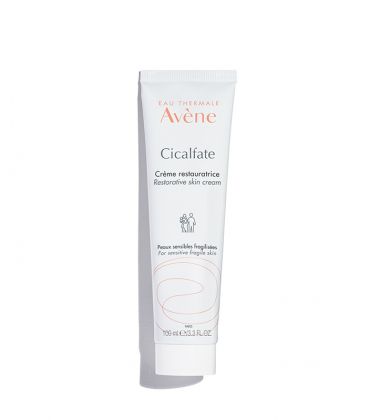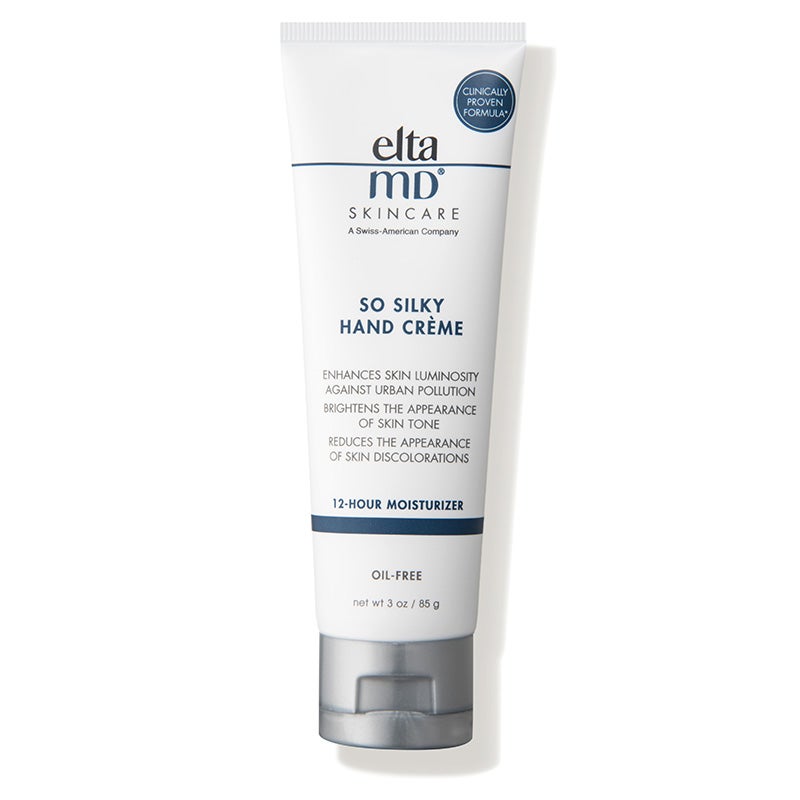The Scary Truth About Homemade Hand Sanitizer
Photo: Getty Images.
As the number of confirmed cases of COVID-19 continues to grow, so does the demand for supplies to fight the novel coronavirus. In the early days of the global pandemic, hand sanitizer was one of the first things to fly off shelves — and it's still almost impossible to find online or in stores. This unexpected demand has left many people to attempt their own DIY versions using recipes circulating on social media.
While it certainly seems like an easy concoction to make, it's left many wondering if homemade sanitizer is actually safe — especially after a child in New Jersey was allegedly burned — let alone effective. To find out, we tapped the experts for advice.
"Making your own sanitizer can be complex and the recipes vary," says Hadley King, MD, a Manhattan-based dermatologist. "The CDC recommends that a hand sanitizer be made up of at least 60% ethanol or 70% isopropanol alcohol."
Corey L. Hartman, MD, a dermatologist at Skin Wellness Center in Birmingham and Chelsea, Alabama, says that while making sanitizer at home is possible, it's important to use caution to ensure efficacy and prevent injury. "As long as the alcohol content is at least 60%, then it’s effective at properly cleansing the hands," he says. "As the alcohol percentage increases, so do the chances of developing irritation from using the product."
While it certainly seems like an easy concoction to make, it's left many wondering if homemade sanitizer is actually safe — especially after a child in New Jersey was allegedly burned — let alone effective. To find out, we tapped the experts for advice.
"Making your own sanitizer can be complex and the recipes vary," says Hadley King, MD, a Manhattan-based dermatologist. "The CDC recommends that a hand sanitizer be made up of at least 60% ethanol or 70% isopropanol alcohol."
Corey L. Hartman, MD, a dermatologist at Skin Wellness Center in Birmingham and Chelsea, Alabama, says that while making sanitizer at home is possible, it's important to use caution to ensure efficacy and prevent injury. "As long as the alcohol content is at least 60%, then it’s effective at properly cleansing the hands," he says. "As the alcohol percentage increases, so do the chances of developing irritation from using the product."
AdvertisementADVERTISEMENT
“
"It can be confusing for many consumers, and if they create mixtures that are not effective, it can lead to a false sense of security."
Dr. Hadley King
”
However, not fully understanding how these percentages will be represented in the final mixture can skew the efficacy, which means it's easy to waste precious alcohol (which is also in demand) that you could have saved for wiping down your phone, computer, or keys.
"The finished sanitizer product must be at a 60% alcohol content after you mix all of the ingredients," says Zenovia Gabriel, MD, FAAD, a dermatologist in Newport Beach, California. "Therefore, if you use 60% alcohol, you cannot mix it with anything else, or else you will be diluting it below the recommended level that is deemed effective."
"The finished sanitizer product must be at a 60% alcohol content after you mix all of the ingredients," says Zenovia Gabriel, MD, FAAD, a dermatologist in Newport Beach, California. "Therefore, if you use 60% alcohol, you cannot mix it with anything else, or else you will be diluting it below the recommended level that is deemed effective."
This is why experts say that, as simple as it may seem, making your own hand sanitizer isn't as foolproof as throwing alcohol and aloe into a bottle. "You have to do the calculations accurately to determine how to mix the ingredients, which may include alcohol, aloe vera, essential oils, and hydrogen peroxide," Dr. King says. "And you should also minimize contamination by using sterile utensils and containers."
The nuances of making safe sanitizer at home is why Dr. King suggests washing your hands for at least 20 seconds using soap and warm water, which is more effective anyway. "It can be confusing for many consumers, and if they create mixtures that are not effective, it can lead to a false sense of security," she says.
AdvertisementADVERTISEMENT
What's more, dermatitis and sensitivity — including dry, cracked, red, scaly, and inflamed skin — can also come into play, especially if your alcohol percentage is too high or you're not regularly using moisturizer.
"If the skin on your hands is getting dry and irritated, that doesn't mean stop washing and sanitizing," Dr. King says. Instead, experts say focus on replenishing lost moisture with hydrating products and avoiding sanitizers with essential oils and fragrances if your skin is sensitive, both of which are common skin irritants.
"If the skin on your hands is getting dry and irritated, that doesn't mean stop washing and sanitizing," Dr. King says. Instead, experts say focus on replenishing lost moisture with hydrating products and avoiding sanitizers with essential oils and fragrances if your skin is sensitive, both of which are common skin irritants.
If you are experiencing dryness caused by excessive hand washing and sanitizer use, experts recommend looking for thick moisturizers that create a protective barrier on the skin, like fatty acids and ceramides. Dr. King recommends EltaMD So Silky Hand Creme, Dr. Campbell suggests using Avene Cicalfate Restorative Skin Cream, and Dr. Hartman swears by Aquaphor. "Apply it to hands and cover them with cotton gloves overnight to help keep your skin barrier intact," he says about the latter option.
While sanitizer is helpful in keeping your hands clean on the go, Dr. Gabriel says that washing with plain soap and water is one of the safest and most effective ways to disinfect your skin several times per day. "The skin itself is a phenomenal barrier to the outside world, but the skin must be healthy," she explains. "If your skin is cracked and dry, it becomes more prone to infection because the barrier is compromised." So keep your soap, water, and moisturizer close — and stick to FDA-approved sanitizer unless you really know what you're doing.
COVID-19 has been declared a global pandemic. Go to the CDC website for the latest information on symptoms, prevention, and other resources.
At Refinery29, we’re here to help you navigate this overwhelming world of stuff. All of our market picks are independently selected and curated by the editorial team. If you buy something we link to on our site, Refinery29 may earn commission.
At Refinery29, we’re here to help you navigate this overwhelming world of stuff. All of our market picks are independently selected and curated by the editorial team. If you buy something we link to on our site, Refinery29 may earn commission.
AdvertisementADVERTISEMENT








